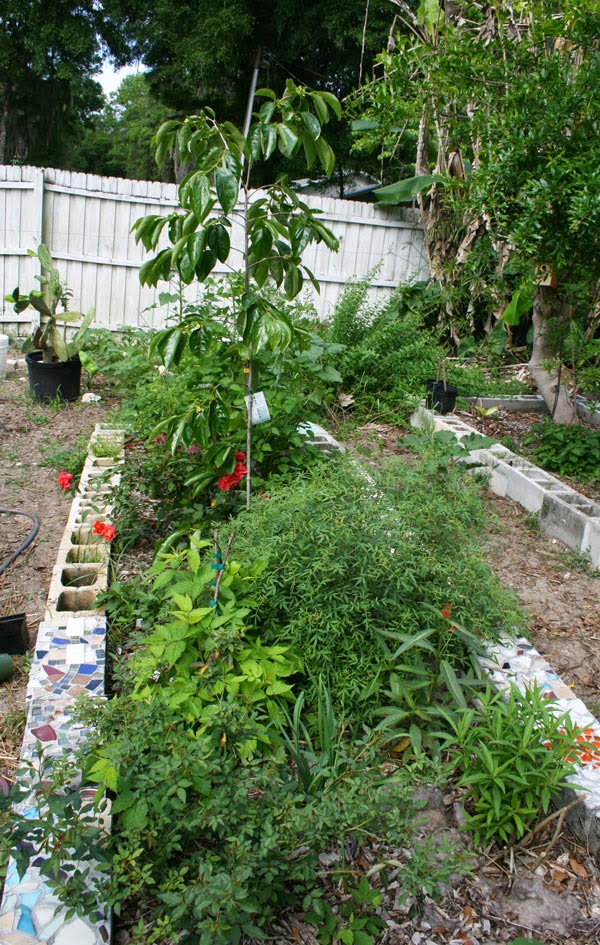Russ asks about growing a small food forest:
“I love your videos and at some point I will have some land on which I can do a food forest. Right now I live in a rental with a 12×12 garden area. Is it possible to do some sort of micro food forest on that spot. If so, what do you recommend?”
Though that is a tiny area – and not something that would be easy to create a “forest” in – food forest concepts could be used even in that little bit of space.
First, though, I would consider how long you will be staying on the property. If you’re going to move in just a year or two, I would get some great big pots and plant some small trees in them, then plant smaller annuals and perennials around them. Then you can later move your potted trees elsewhere. If trees are kept pruned, then can often fruit in pots decently. We’ve done this with kumquats and calamondins, starfruit and even a coffee tree. Dwarf apples are also a good choice for pots.
Second, you could also build your mini-forest “canopy” from shrubs, rather than trees, planting Jerusalem artichokes, or cassava, blueberries, gooseberries, elderberries, Nanking cherries, or whatever fits your climate in that space, either in pots or in the ground.
An island of annuals and perennials can work well in a small space. Here’s a perennial bed we planted years ago:
That is in about a 4′ x 16′ bed, if I remember correctly. The tree in the back is a Japanese persimmon.
One of my friends kept an entire perennial garden all in pots as he wasn’t sure if he would be able to stay in his rental house. Later, when he was able to buy the property, he started planting in the ground.
I covered food forests in small spaces in this post from August of last year. You can still do a lot with a small space.
I would be tempted to stick to annuals and inexpensive or homegrown perennials if I had to move.
Though I still usually plant at least a fruit trees when we’ve rented. It’s hard to stop planting trees.
In related news, last week I posted part IV of our new Create A Food Forest the Easy Way course over at our new Skool community. It’s inexpensive to join, and the discussions have been fantastic. You can sign up here and see how easy food forests can be.


